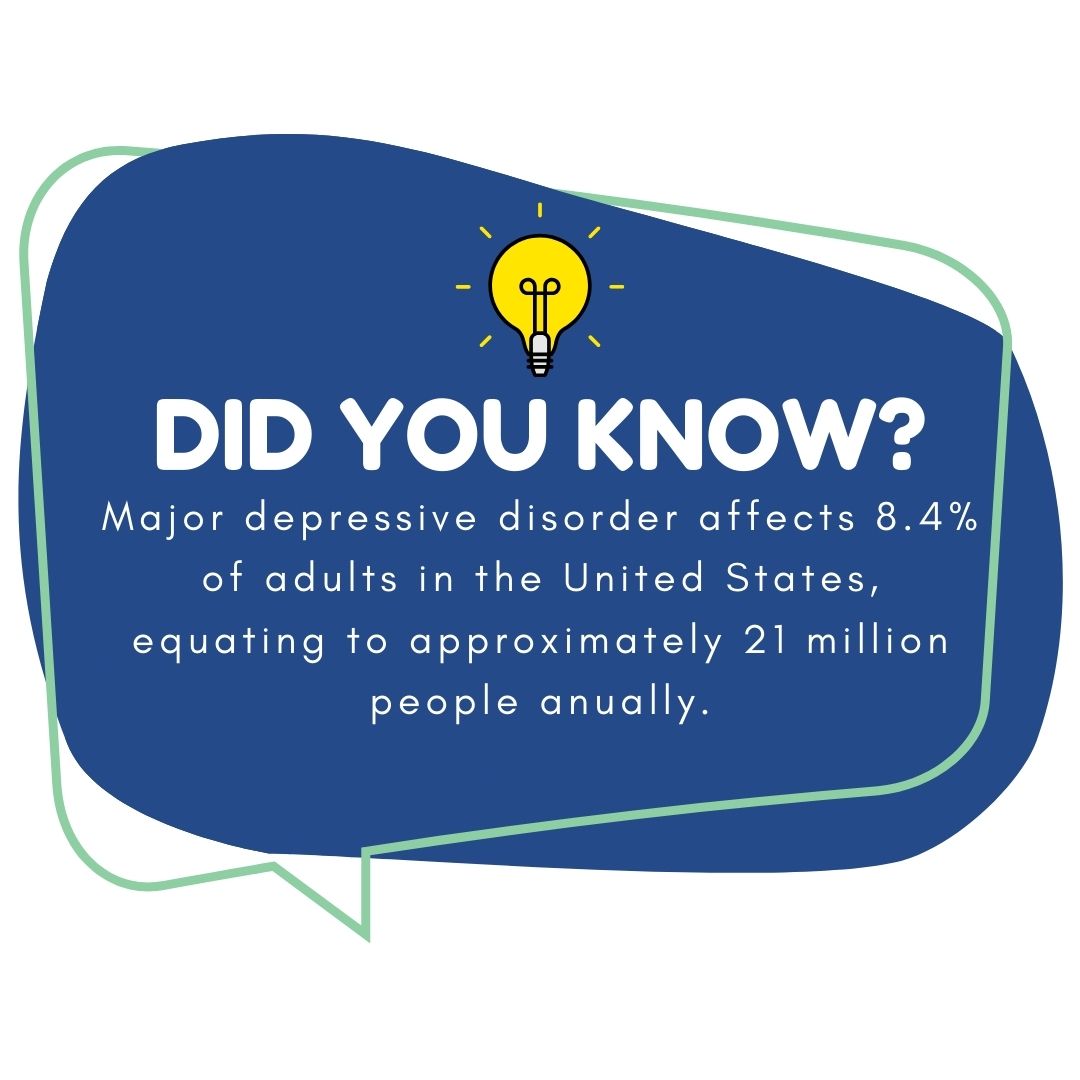Why Do I Feel Sad for No Reason? Exploring the Mystery of Unexplained Emotions
Why do I feel sad for no reason? Sadness can be puzzling, especially when it seems to appear without a clear reason. Many people experience feelings of sadness, even during good times or when nothing seems wrong. This can happen due to various factors, including hormonal changes, stress, or underlying mental health issues.
Sometimes, emotions can be influenced by small events or thoughts that go unnoticed. Daily stress, changes in routine, or even fatigue can create a sense of sadness that feels random. It’s important to recognize that these feelings are valid and common.
Understanding why sadness occurs without an obvious cause can help individuals cope better. By exploring these underlying reasons, they can find healthier ways to manage their feelings and seek support when needed.
Understanding Sadness
Sadness can arise without a clear reason. Exploring the science behind emotions and brain chemistry helps shed light on why this feeling occurs.
The Science of Emotions
Emotions are complex responses to experiences. They involve psychological and physiological changes. People experience sadness due to various factors like stress, loss, or even memories.
When someone feels sad, signals in the brain trigger emotional responses. These may result from environmental influences, personal thoughts, or physical states.
For example, a person might remember a failed relationship. This memory can trigger feelings of sadness even without any recent events. Understanding these triggers is essential for managing emotions.
The Role of Brain Chemistry
Brain chemistry significantly impacts how people feel. Neurotransmitters are chemicals that help transmit signals in the brain. Key neurotransmitters related to sadness include serotonin, dopamine, and norepinephrine.
Low levels of serotonin can lead to feelings of sadness or depression. Similarly, dopamine plays a role in pleasure and motivation. If dopamine levels drop, it may contribute to a lack of joy and increased sadness.
Many factors can influence brain chemistry, including diet, exercise, and sleep. Poor lifestyle choices may cause imbalances, leading to sadness without obvious reasons. Identifying these imbalances is crucial for emotional well-being.
 Source: National Institute of Mental Health
Source: National Institute of Mental Health
Common Triggers of Sadness: Why do I feel sad for no reason?
Sadness can arise from many factors. Understanding these triggers can help identify the causes. Psychological factors, environmental influences, and lifestyle habits often play significant roles.
Psychological Factors
Many people feel sad due to underlying psychological factors. Conditions like depression, anxiety, or stress can lead to feelings of sadness. These issues may arise from past experiences or current challenges.
Negative thoughts can also trigger sadness. For example, feelings of worthlessness or failure can weigh heavily on a person. Therapy and support can help address these thoughts and lessen sadness.
Also, unresolved emotional conflict can cause persistent sadness. If someone has trouble processing their feelings, it can lead to a cloudy outlook. Recognizing these patterns is the first step toward healing.
Environmental Influences
Environmental factors can greatly impact a person’s emotions. Situations such as moving to a new place, changing jobs, or losing touch with friends can create feelings of loneliness. This shift can be especially tough if the person has little support.
Seasonal changes also affect mood. Some people experience sadness during winter months due to less sunlight. This condition, known as Seasonal Affective Disorder (SAD), can lead to feelings of despair or low energy.
Additionally, the surrounding environment plays a role. A cluttered or chaotic home can increase stress and sadness. Creating a calm and organized space can positively impact emotional well-being.
Lifestyle and Habits
A person’s lifestyle choices also influence feelings of sadness. Poor sleep habits, unhealthy diets, and lack of exercise can contribute to mood swings. For instance, not getting enough rest can lead to irritability and sadness, leaving you asking why do I feel sad for no reason.
Social habits matter as well. Isolating oneself from friends and family can worsen feelings of sadness. Engaging in social activities or maintaining connections can counteract these effects.
Substance use, such as alcohol or drugs, may provide temporary relief but often leads to deeper sadness later on. Making healthier choices can improve overall mood and reduce sadness.
Coping Mechanisms
Coping mechanisms can help manage feelings of sadness. These strategies can vary from healthy habits to seeking professional help. Both approaches play important roles in addressing emotions.
Healthy Coping Strategies
Healthy coping strategies include activities that promote well-being. Regular exercise is effective. It releases endorphins, which can improve mood.
Mindfulness practices like meditation and deep breathing can also help. They encourage relaxation and focus, making it easier to handle emotions.
Social connections are vital. Spending time with friends or family offers support and reduces feelings of loneliness. Engaging in hobbies or interests can shift focus from sadness to something enjoyable.
Keeping a journal can help too. Writing down thoughts and feelings provides a way to understand and express emotions. These strategies can build resilience and create a positive routine.
Professional Support
Sometimes, talking to a professional is necessary. A therapist or counselor can provide valuable support. They can help identify triggers for sadness and suggest coping techniques.
Therapy options vary. Cognitive-behavioral therapy (CBT) focuses on changing negative thought patterns. This approach helps manage emotions and develop healthier responses.
Support groups are another option. These groups connect individuals facing similar feelings. Sharing experiences can reduce feelings of isolation.
Medication may also be recommended by professionals. Antidepressants can stabilize mood for some individuals. It’s important for individuals to discuss these options with a healthcare provider. Each person’s journey is unique.
When to Seek Help
Feeling sad for no reason can be confusing. It is important to know when to seek help. Here are some signs to look for:
- Persistent Sadness: If feelings of sadness last for weeks or months.
- Daily Functioning: When sadness interferes with daily activities, like work or school.
- Physical Symptoms: Experiencing changes in sleep, appetite, or energy levels.
- Loss of Interest: Not finding joy in activities that used to be enjoyable.
If someone experiences these signs, they should consider reaching out for support.
Types of Help Available:
- Therapists or Counselors: Professionals who can provide guidance and strategies.
- Support Groups: Connecting with others who feel similarly can be comforting.
- Hotlines: Many organizations offer free, confidential help.
Tips for Seeking Help:
- Be Honest: Sharing feelings openly can lead to better support.
- Take Notes: Keep track of feelings and thoughts to discuss with a professional.
- Involve Trusted People: Talk to friends or family for encouragement.
Seeking help is a strong step toward feeling better. It is essential to remember that no one has to face sadness alone.
Frequently Asked Questions Related to Why Do I Feel Sad for No Reason?
Many people feel sadness without a clear reason. This section addresses specific questions about unexpected sadness and its causes, how to recognize it, and what to do when it happens.
Is it typical to experience unexpected sadness?
Yes, it is common for individuals to feel sad without a clear cause. Emotions can fluctuate based on many factors, including biological changes.
What conditions may cause feelings of sadness without an evident trigger?
Several conditions can lead to unexplained sadness. These may include depression, anxiety, and hormonal changes. Sometimes, situations or memories that are not currently apparent can also cause these feelings.
How might one identify unexplained emotional distress?
Unexplained emotional distress can be identified through various signs. These may include changes in mood, difficulty concentrating, or a loss of interest in daily activities. Tracking emotions over time can help recognize patterns.
What are the common factors that contribute to sudden feelings of sadness?
Common factors include stress, lack of sleep, and physical health issues. Changes in life circumstances, like moving or job changes, can also play a role. Emotional triggers may come from thoughts or memories that are not immediately obvious.
Can psychological factors cause unprovoked sadness?
Yes, psychological factors can lead to feelings of sadness without a clear reason. Issues such as unresolved trauma, low self-esteem, or negative thought patterns can significantly impact one’s emotions.
What steps can be taken when one feels sad without knowing why?
When experiencing unexplained sadness, it may help to talk to someone. Engaging in activities that uplift the mood, like exercise or hobbies, can also be beneficial. Mindfulness practices and journaling can assist in exploring underlying feelings.




